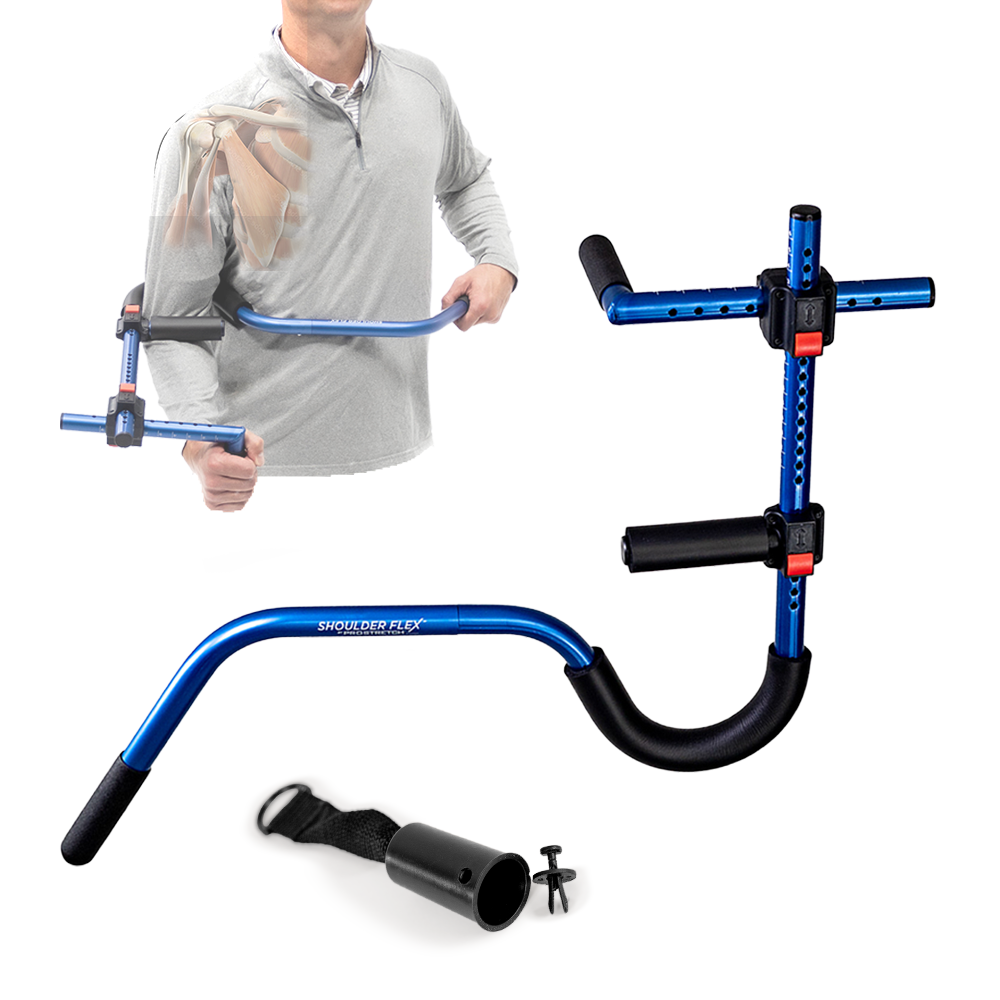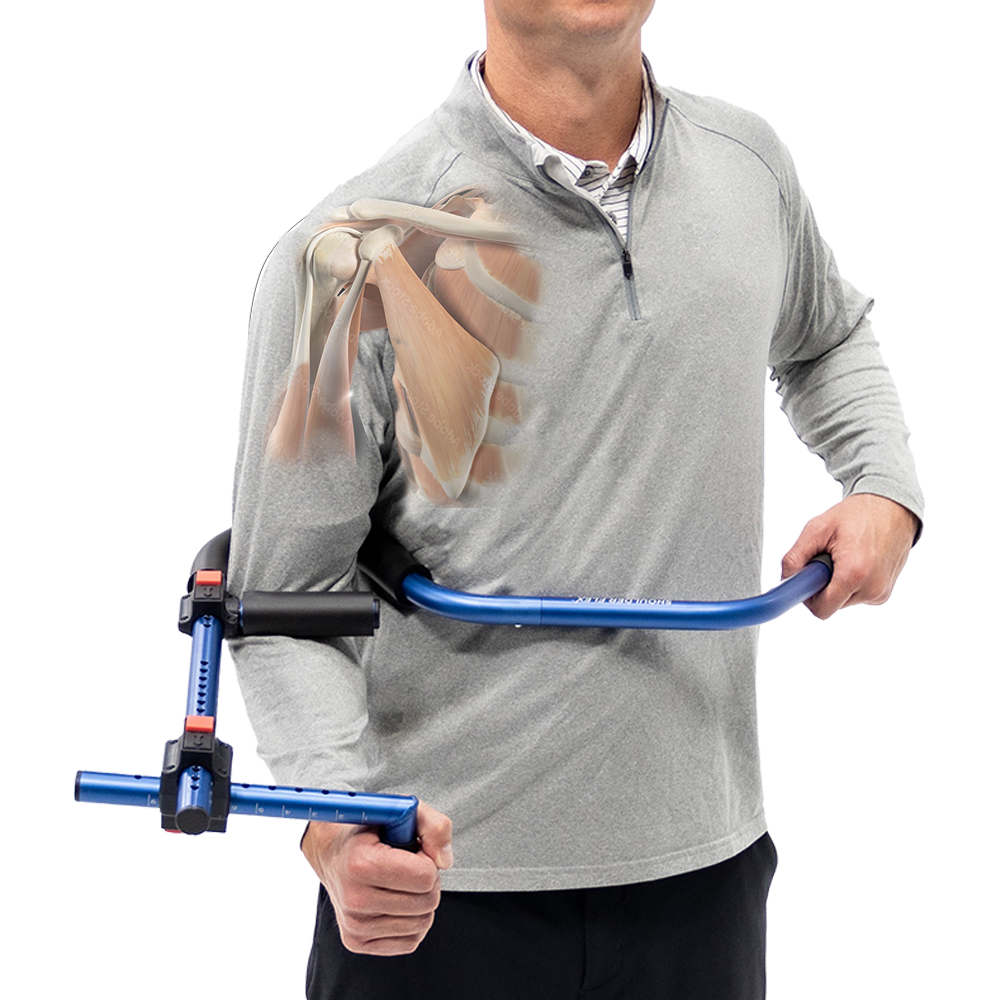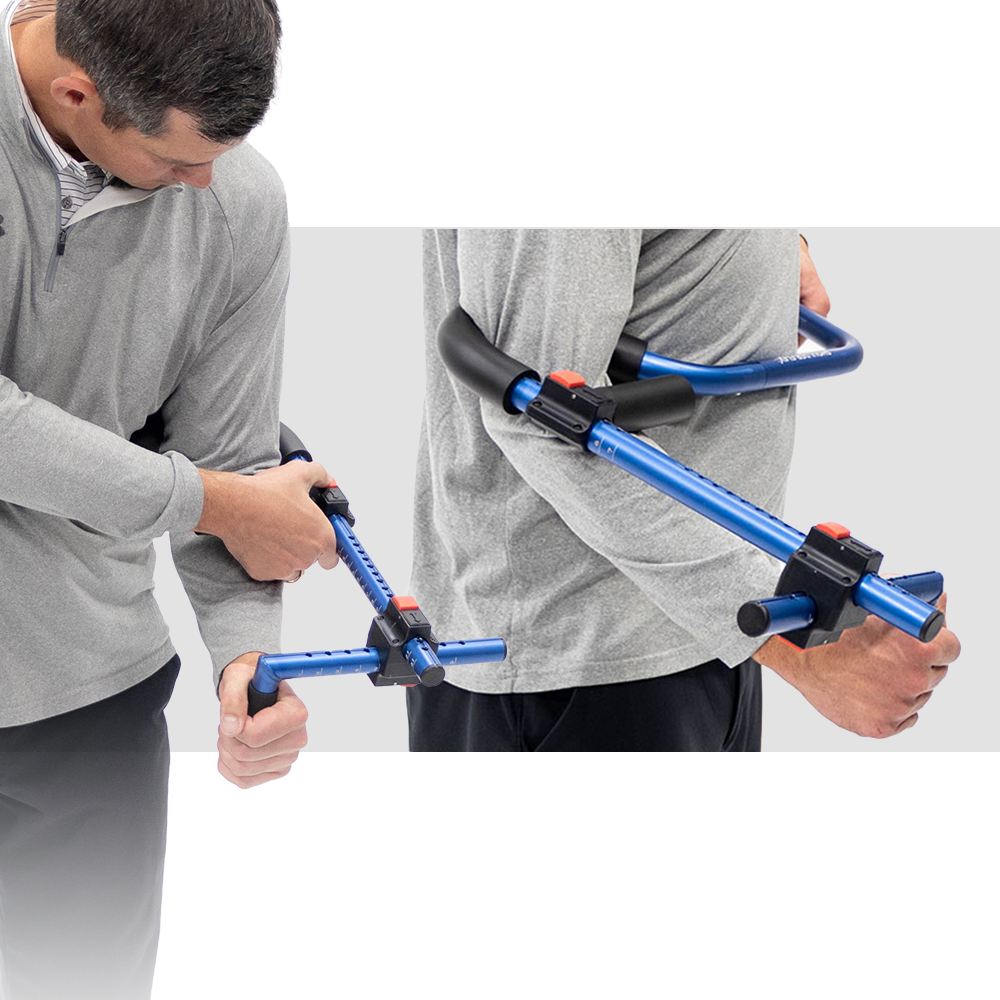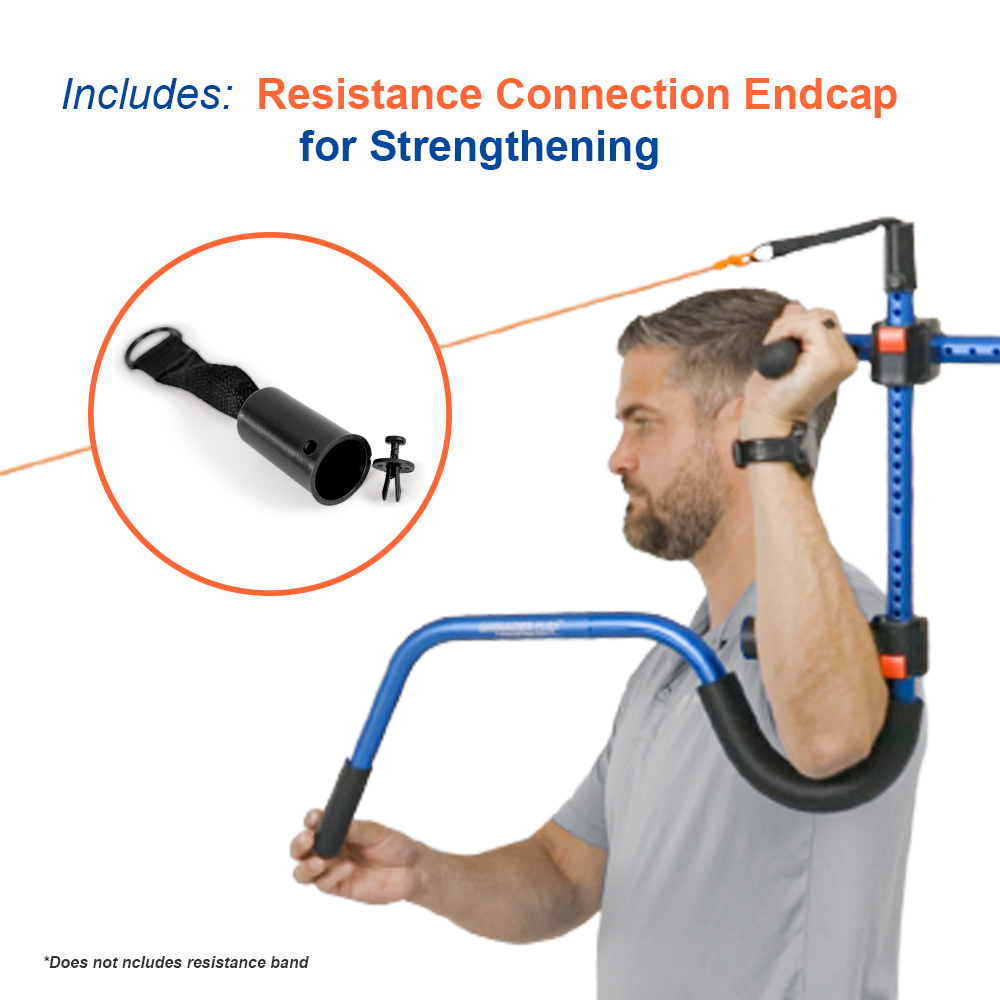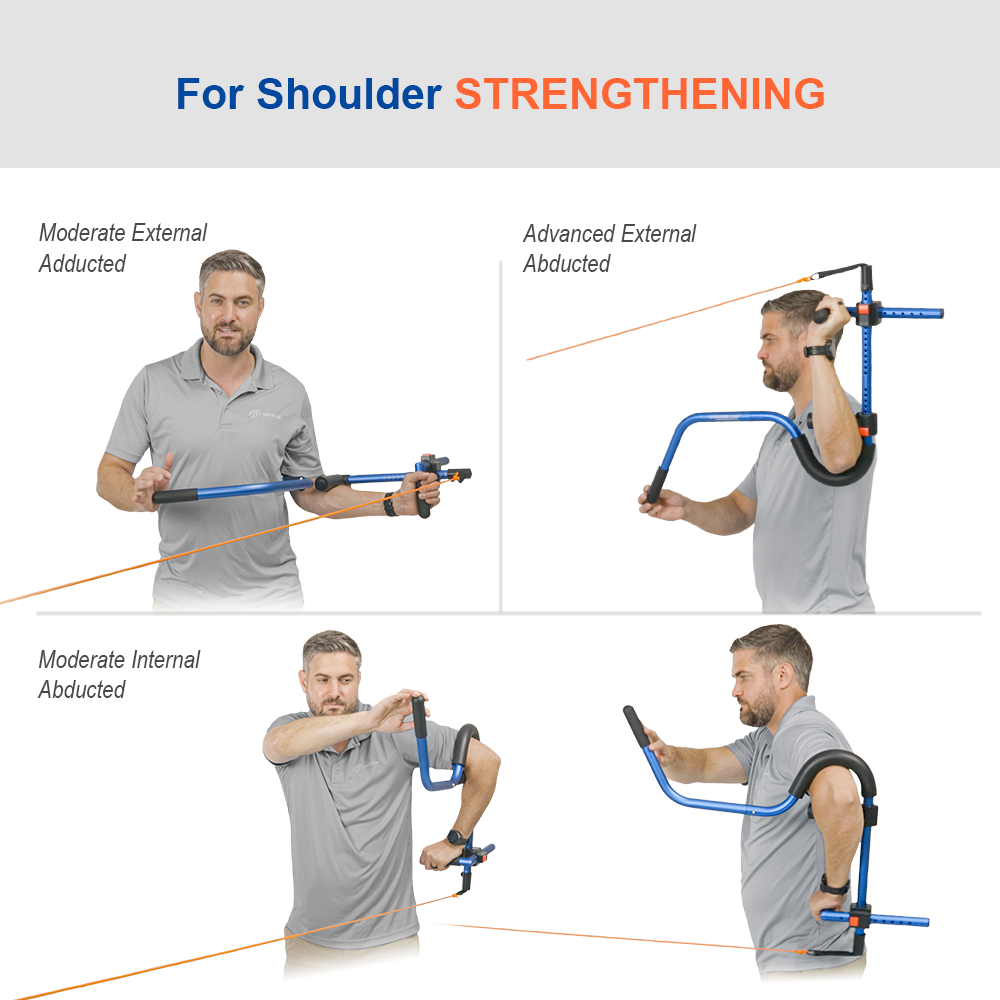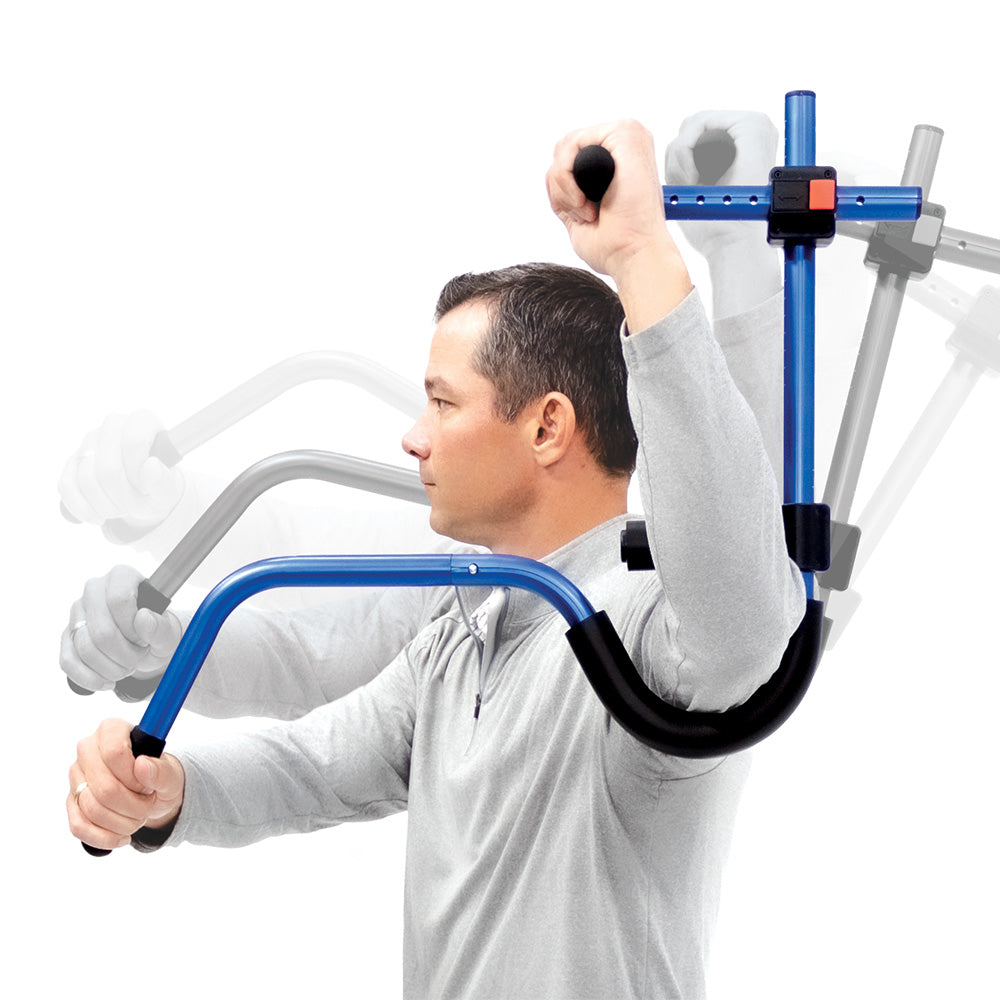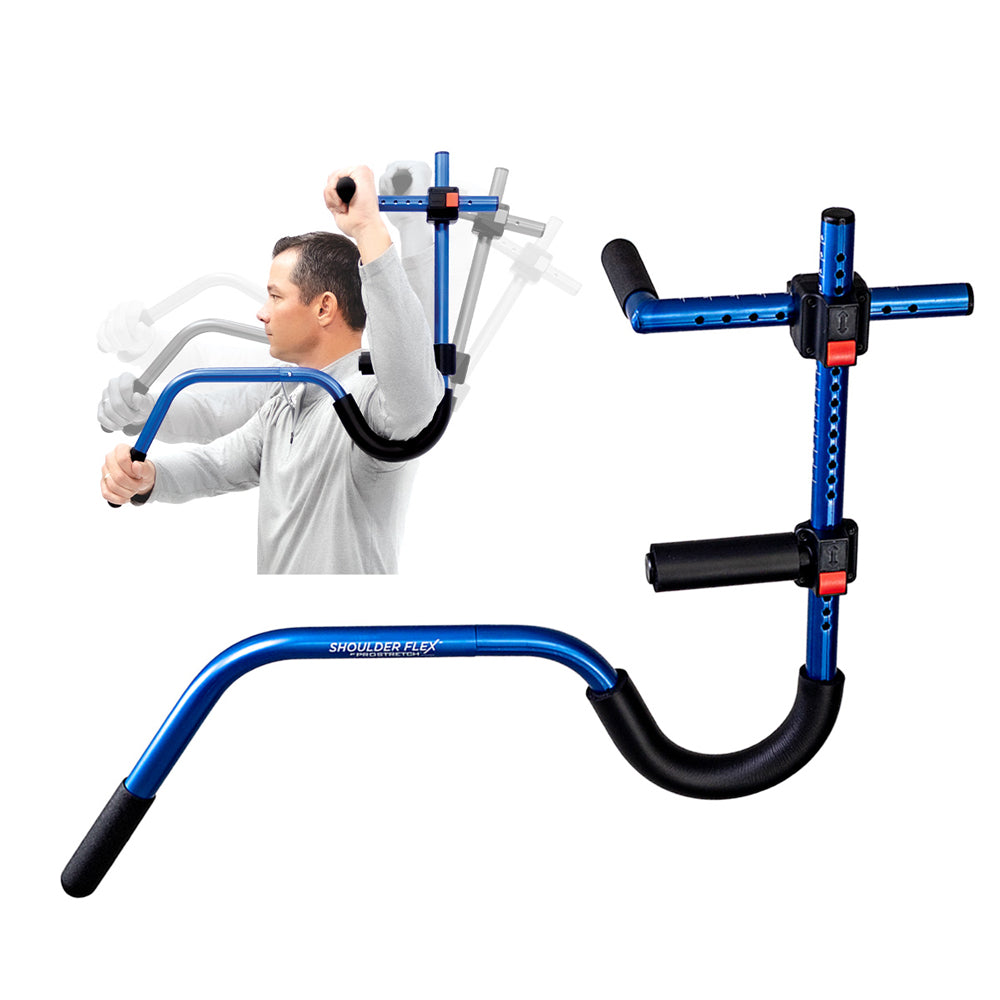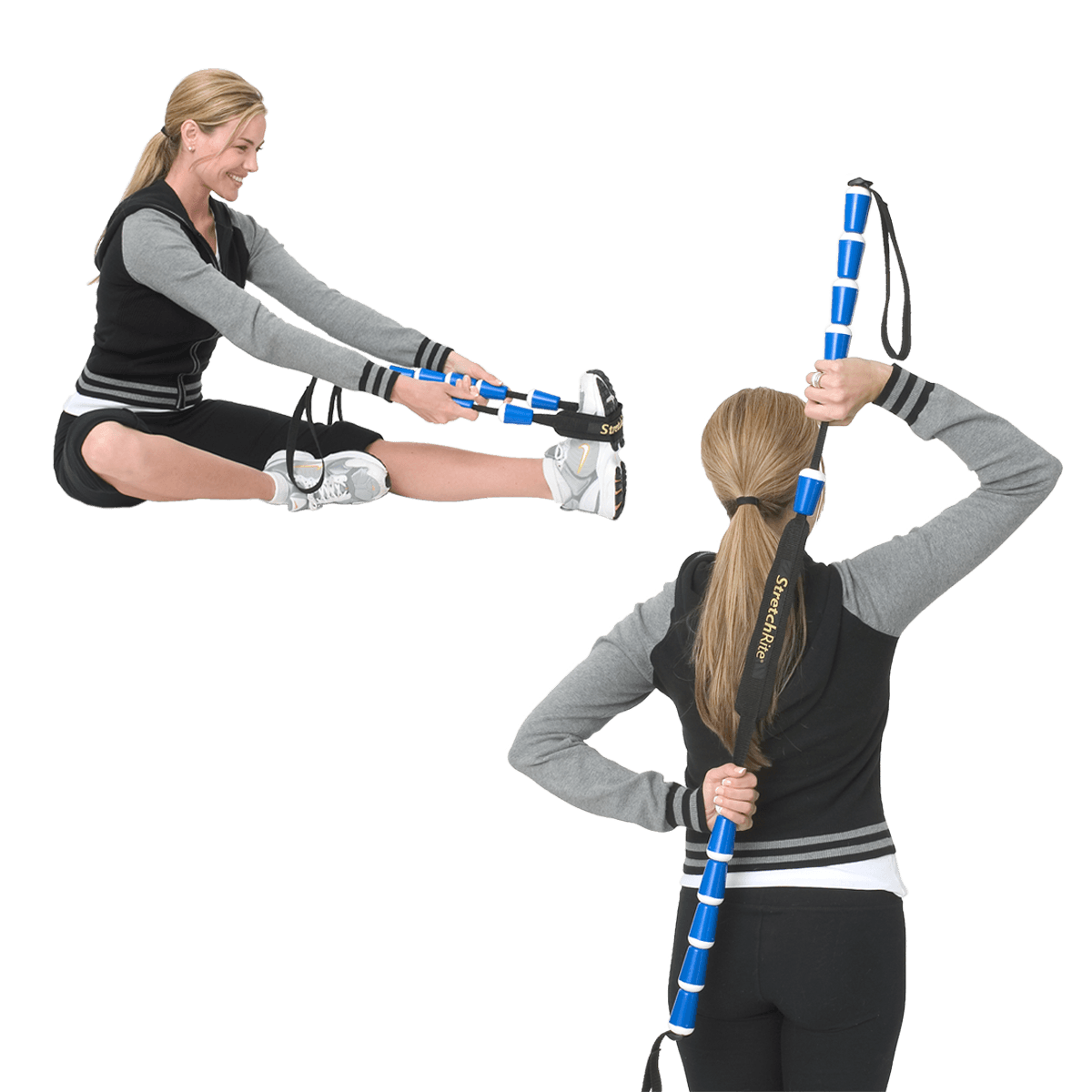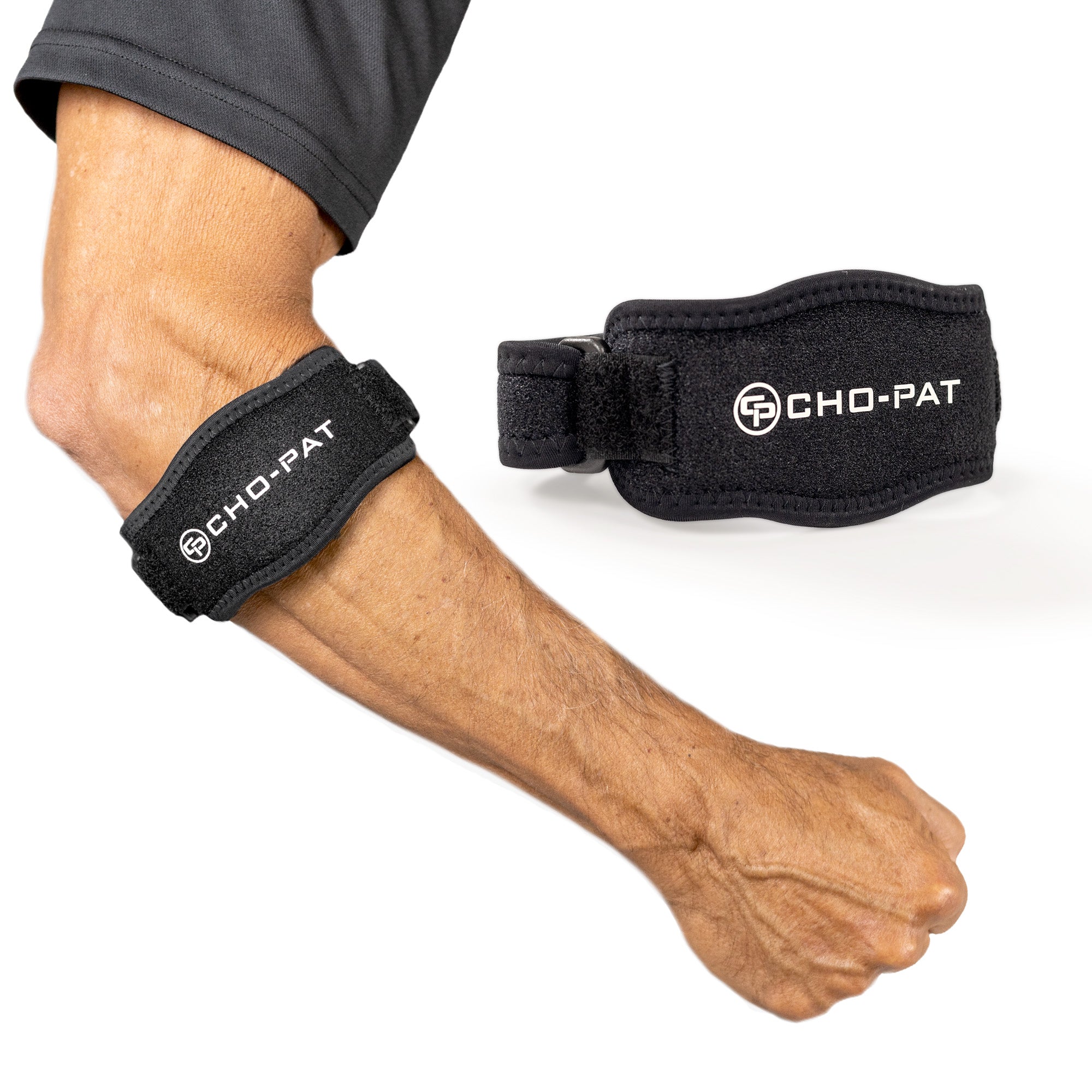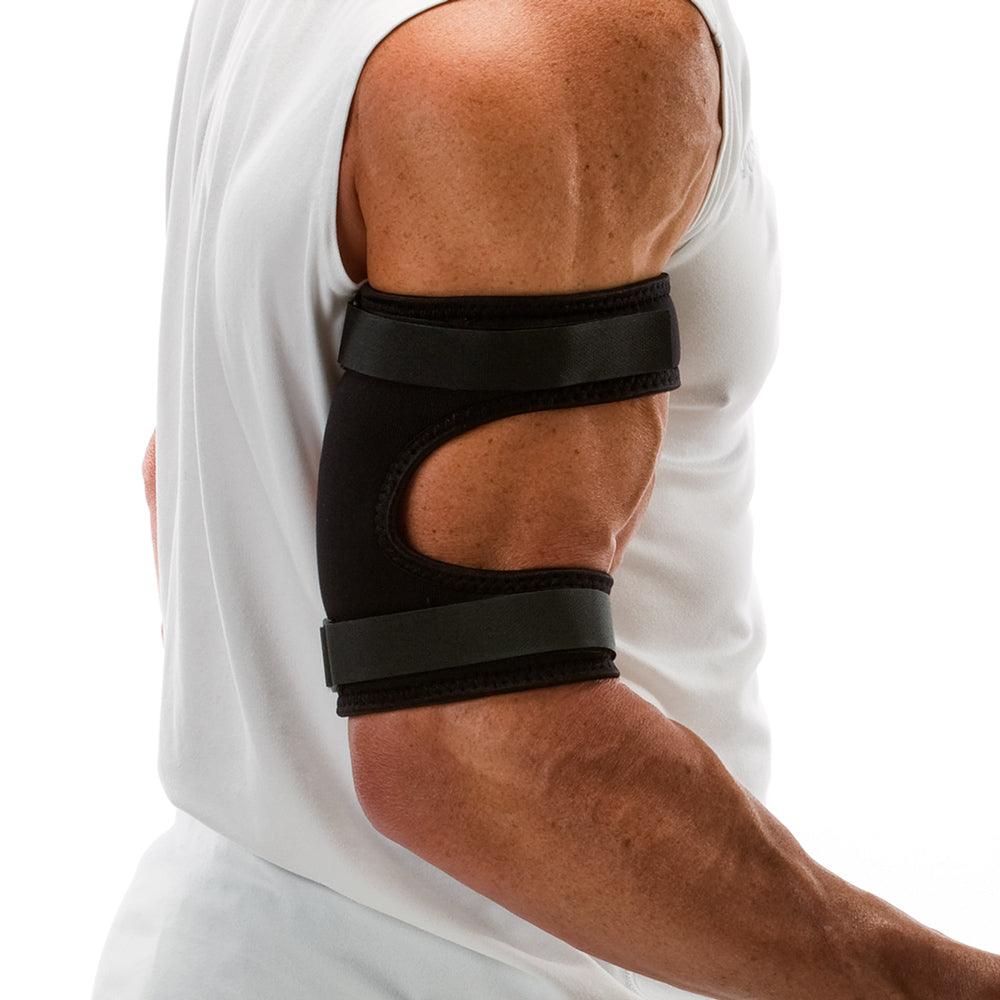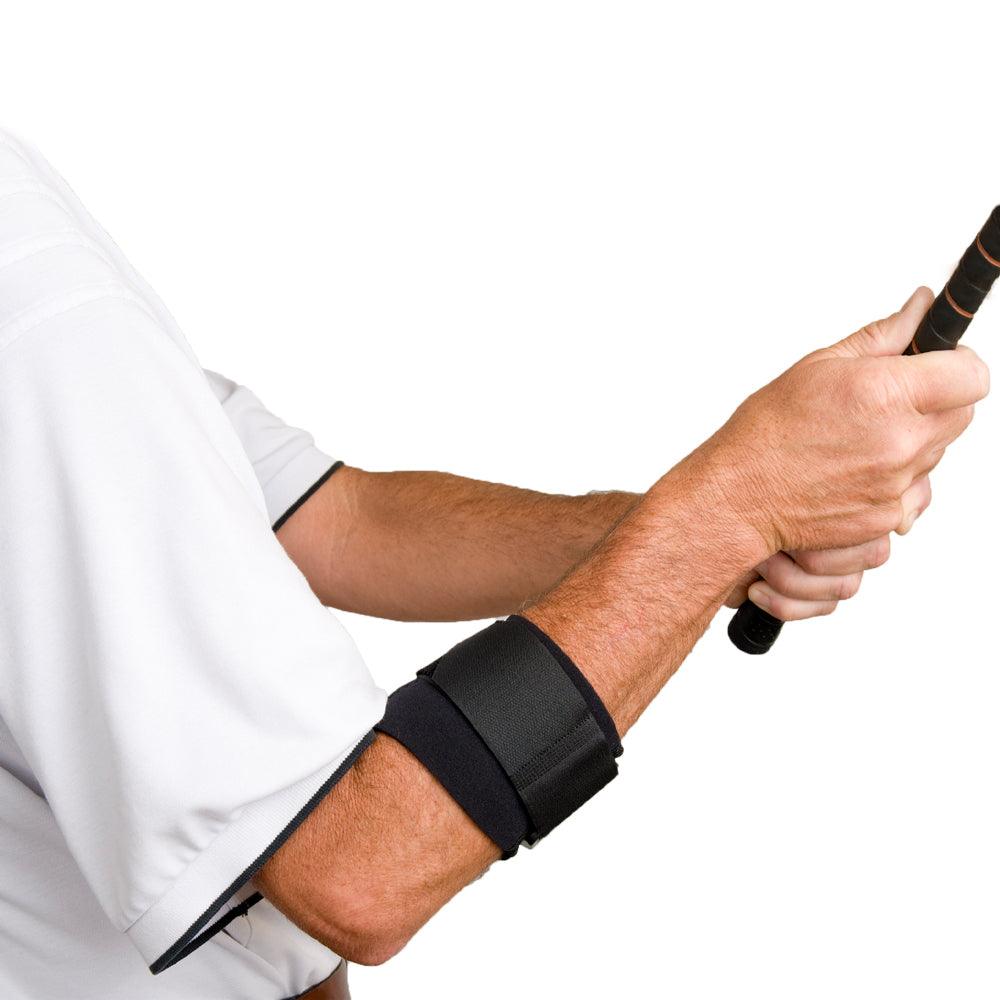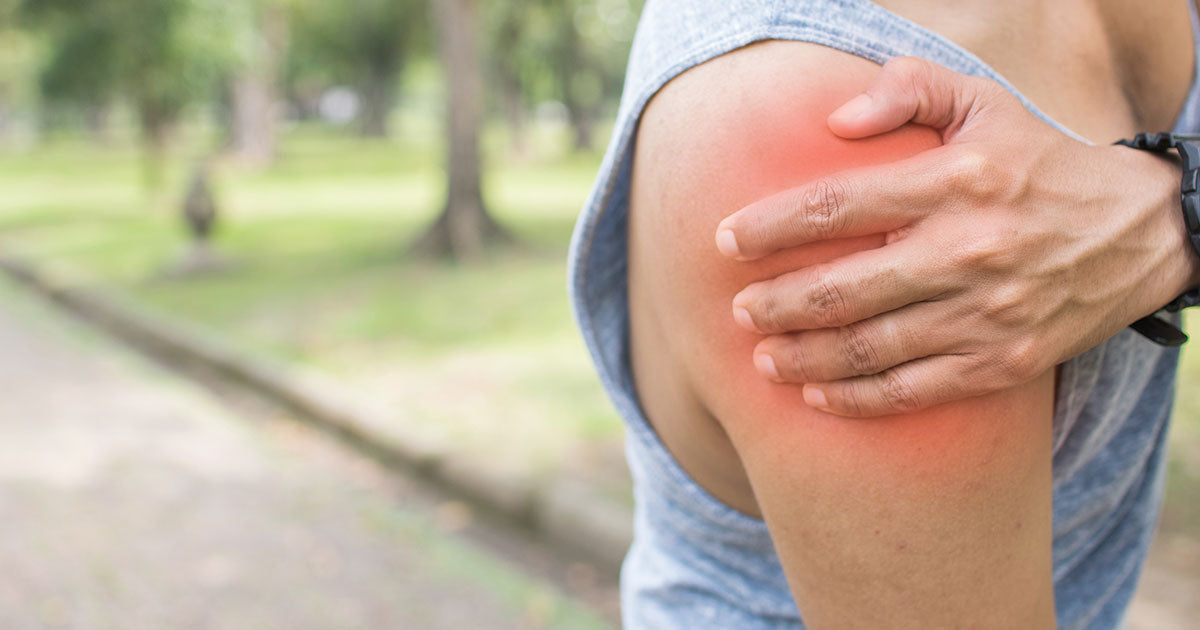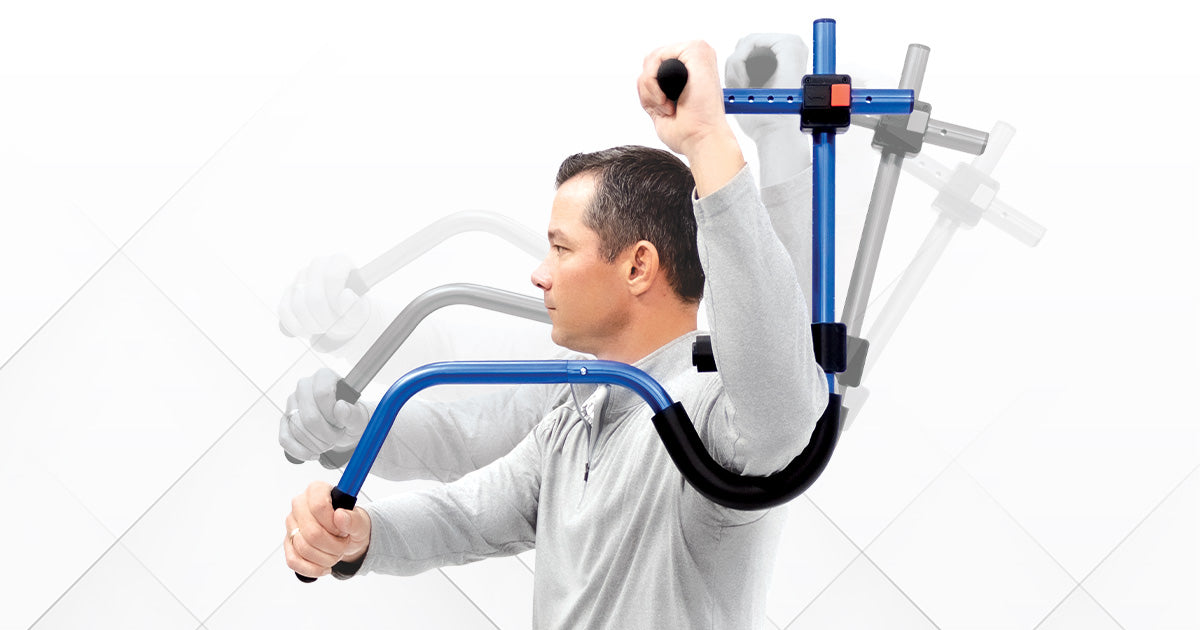Rotator cuff surgery is a common procedure that involves repairing a torn rotator cuff, which is a group of four muscles and tendons that support the shoulder joint. Rehabilitation after rotator cuff surgery is an essential part of the recovery process, and it can help to restore strength, mobility, and function to the shoulder joint.
This white paper will provide an overview of the rehabilitation process after rotator cuff surgery, including the goals of rehabilitation, the stages of rehabilitation, and the exercises and techniques used during rehabilitation.
Goals of Rehabilitation:
The primary goal of rehabilitation after rotator cuff surgery is to restore the function of the shoulder joint, reduce pain, and improve mobility. The rehabilitation process typically begins immediately after surgery and continues for several months, depending on the extent of the injury and the type of surgery.
The specific goals of rehabilitation may vary depending on the individual's needs and the type of surgery, but some common goals include:
1. Reducing pain and inflammation
2. Restoring range of motion
3. Strengthening the muscles around the shoulder joint
4. Improving shoulder stability
5. Returning to normal activities of daily living and sports
Stages of Rehabilitation:
Rehabilitation after rotator cuff surgery typically involves three stages: the initial stage, the intermediate stage, and the advanced stage.
1. Initial Stage:
The initial stage of rehabilitation typically lasts for the first six weeks after surgery. During this stage, the focus is on reducing pain and inflammation, promoting healing, and restoring range of motion. Exercises may include gentle stretching, passive range-of-motion exercises, and isometric exercises to help maintain muscle strength.
2. Intermediate Stage:
The intermediate stage of rehabilitation typically lasts from six to twelve weeks after surgery. During this stage, the focus is on increasing strength, restoring full range of motion, and improving shoulder stability. Exercises may include resistance training, active range-of-motion exercises, and proprioceptive training to improve joint awareness and control.
3. Advanced Stage:
The advanced stage of rehabilitation typically begins around three to six months after surgery. During this stage, the focus is on returning to normal activities and sports. Exercises may include sport-specific drills and activities, functional strength training, and plyometric exercises to improve power and explosiveness.
Exercises and Techniques:
Rehabilitation after rotator cuff surgery typically involves a combination of exercises and techniques to improve strength, mobility, and function of the shoulder joint. Some common exercises and techniques used during rehabilitation include:
1. Passive Range-of-Motion Exercises:
These exercises involve using your other hand or a pulley system to move your arm through a full range of motion.
2. Active Range-of-Motion Exercises:
These exercises involve using your own muscles to move your arm through a full range of motion.
3. Isometric Exercises:
These exercises involve contracting your muscles without actually moving your arm. They can help to maintain muscle strength during the initial stage of rehabilitation.
4. Resistance Training:
These exercises involve using weights or resistance bands to strengthen the muscles around the shoulder joint.
5. Proprioceptive Training:
This involves exercises to improve joint awareness and control, which can help to improve shoulder stability and reduce the risk of re-injury.
6. Functional Training:
This involves exercises that mimic everyday activities or sports-specific movements, which can help to improve function and prepare you for a return to normal activities.
Conclusion
Rehabilitation after rotator cuff surgery is a critical part of the recovery process. The goals of rehabilitation are to restore function, reduce pain, and improve mobility. The rehabilitation process typically involves three stages, each with a specific focus on restoring range of motion, improving strength and stability, and returning to normal activities. Rehabilitation typically involves a combination of exercises and techniques, including passive and active range-of-motion exercises, resistance training, and proprioceptive training





